Mazda has revealed a new electronic chassis assist system, which puts an emphasis on stability and long-distance comfort rather than on outright handling prowess.
So-called 'G-Vectoring Control' (GVC) will be released later this year, and is part of a much bigger strategy that will be rolled out by Mazda in the coming years. This is dubbed "Jinba Ittai", a Japanese phrase which roughly translates as 'rider and horse as one body'. Mazda will therefore be putting emphasis on greatly reducing driver fatigue and stress.
GVC uses tiny changes in engine torque output, putting extra weight on the contact patch of the front wheels. This allows the driver to steer around corners at a steady speed with a greatly reduced need for multiple steering corrections. The system also helps reduce lateral forces on passengers while driving over the roughest of road surfaces.
Mazda engineers say that the new philosophy will extend to maximising the comfort of the driver and reducing the muscle strain that can result from a poor driving position and unexpected loading on the body when driving on winding roads.
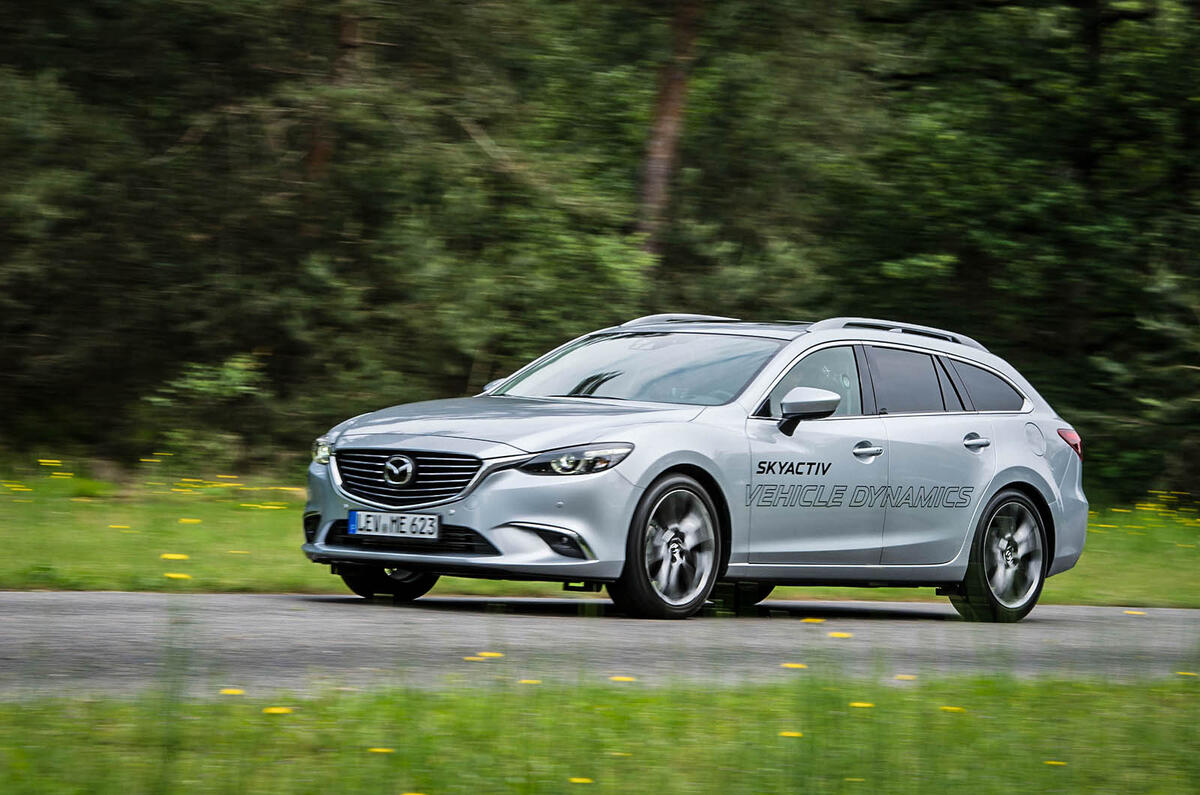
Future Mazda vehicles will not only get the GVC set-up, but also new, generously-proportioned front seats that are designed to more firmly hold the passengers and reduce pressure points on the occupant’s body.
New models will also get driving positions which 'allow for a comfortable range of movement for every joint in the body' and pedal locations which Mazda engineers promise will be 'close to ideal for all sizes of driver'.
Frederick Hartnick, of Mazda’s German Research and Development Centre, said: "It's basic human nature to want to minimise physical effort and maintain balance.
"Humans sense roll and pitch vehicle movement through their eyes and G-forces through the body. The older Mazda seats did not locate the occupant firmly against the bolsters, so the occupant could experience sudden movement before coming into sudden contact with the bolster."
Passengers' bodies counters these small, violent, movements by tensing muscle groups, especially the main muscle in the side of the neck which helps support the head. This leads to stress and driver fatigue.
The overall philosophy of reducing the amount of driver effort at the wheel, properly supporting the driver, improving the driving position and lines of sight out of the car and greatly reducing the amount of unexpected shock loading on the driver’s body will become central to Mazda engineering and design policy.
One Mazda engineer admitted to Autocar that the company was rejecting the notion that improving driving dynamics inevitably meant increasing a car's general agility. "We cannot optimise our vehicles for what is a small customer base [which wants sportier chassis tuning]. A more relaxed driving experience frees the driver’s mind, and will make the drive more fun."
Mazda sources insist that the new philosophy of maximum driver comfort, more effortless progress and greatly reducing fatigue over long journeys is more in tune with shifting global tastes, seen in rapidly expanding trends for 'wellness' therapies and 'human-centred' personal luxury.
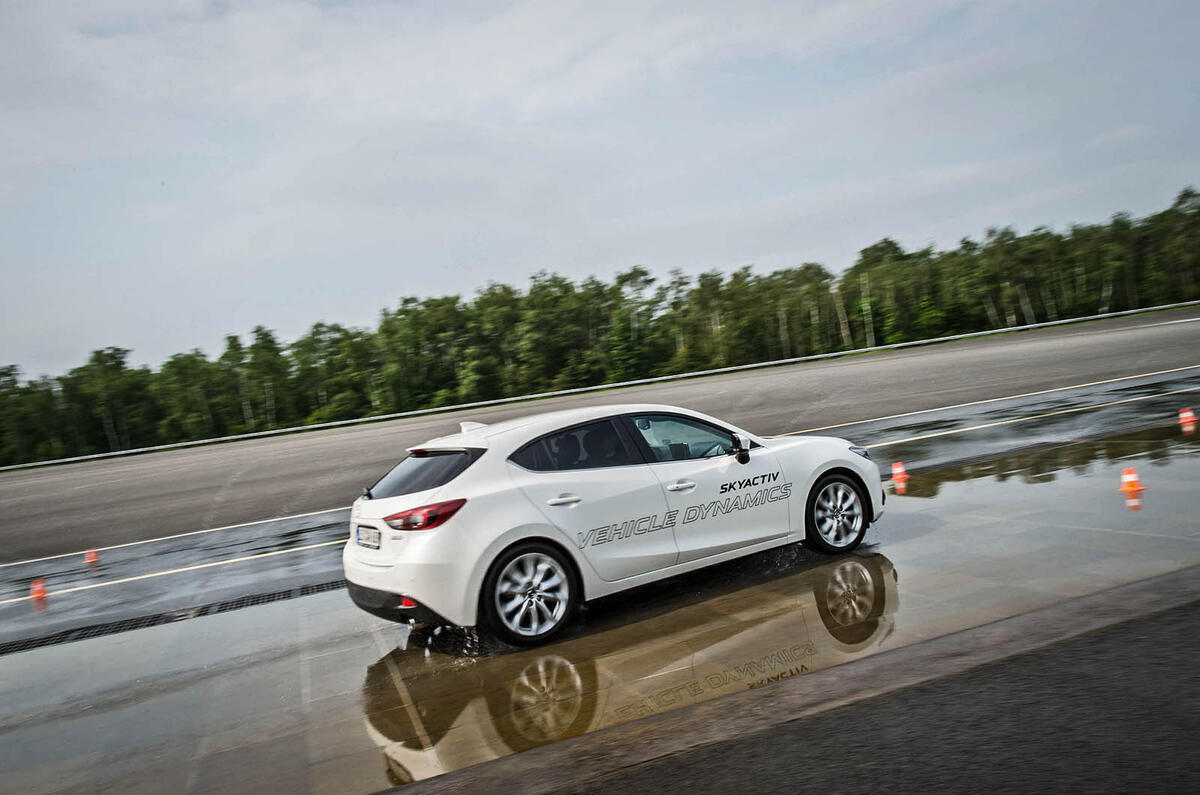
GVC - How it works
We experienced the G Vectoring Control on both the current Mazda 3 and Mazda 6 at a test track on the outskirts of Paris. Mazda engineers say the longer-term strategy is to engineer cars which maximise "smooth transitions between the different G-forces generated by braking, turning and accelerating".
Rather than using classic torque vectoring techniques such as braking individual wheels to encourage a car to, for example, turn more briskly into a bend, the Mazda GVC utilises tiny changes in engine torque output to "optimism the vertical loading on the tyre’s contact patch".
Just using information from the steering angle and vehicles speed, the GVC control software can reduce the amount of torque belong delivered to the wheels by the engine.
Even though the reduction is described by Mazda engineers as 'trivial - a maximum reduction of 30Nm', this and the extra loading of just 5kg on each tyre is enough to make the vehicle track much more accurately, mostly thanks to a more efficient use of the tyre’s contact patch.
Mazda says that it is only because the combustion processes in the SkyActive engines as 'so accurate' that these minor torque changes are possible. Experiments with the previous generation of Mazda engines showed such accurate torque variation was impossible.
According to the company, thanks to GVC, 'the vehicle moves more precisely as the driver intends, reducing the need for steering corrections - many of which are performed unconsciously. The driver feels more at one with the vehicle and more confident because the car follows his or her intended line precisely. Cumulative fatigue on long drives is reduced and smooth transitions between the G-forces acting on vehicle occupants reduce torso-sway, improving ride feel and passenger comfort'.
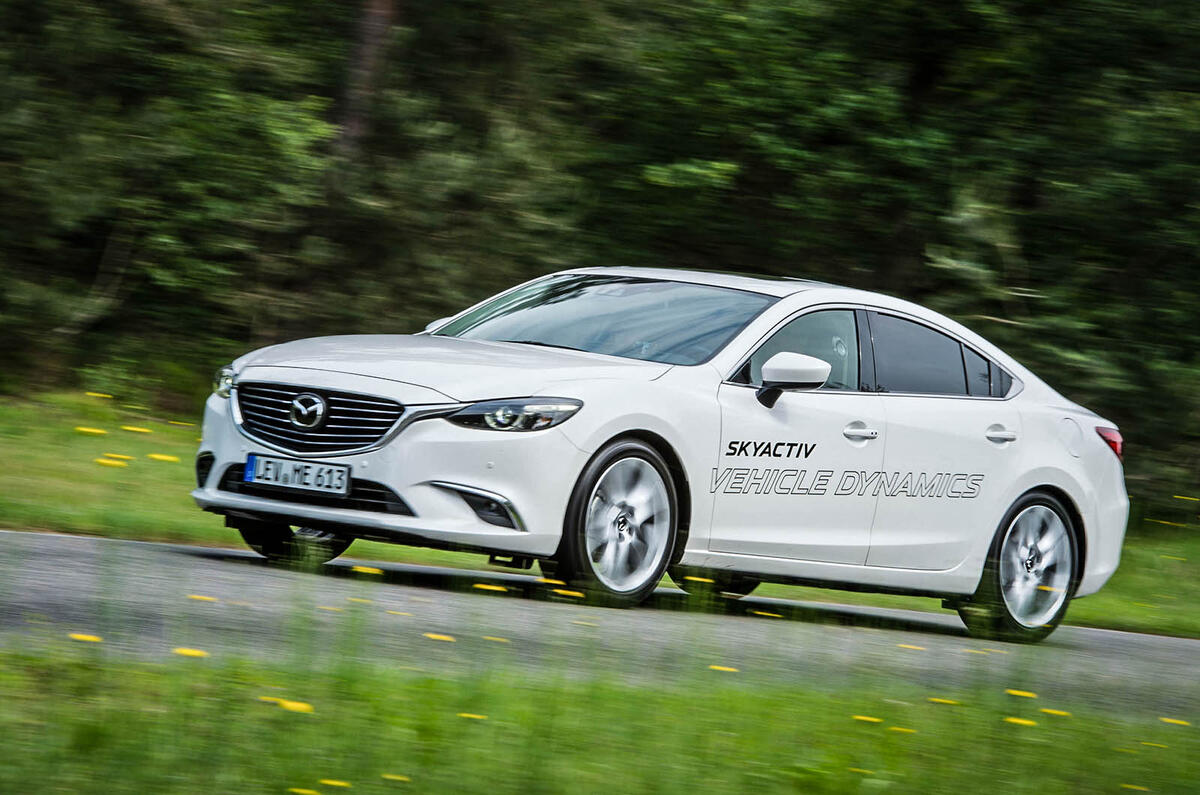
In reality, the effect is so subtle that it was necessary to frequently switch the GVC on and off during the test drive to get any sense of its effectiveness. However, the telematics don’t lie. Like all drivers, we are so used to making multiple steering corrections that we don’t realise how often and how extreme they are.
The comparative traces show that with the GVC activated the number and extent of my steering corrections were greatly reduced even though I was driving in a 'straight line'. Over a two-hour cross-country journey, that would clearly be a huge reduction in the physical and mental effort needed to keep a car running smoothly at a decent pace.
On a long bend, the system also greatly reduces the build up the kind of side forces which pushes passengers to one side of the seat and forces the driver to brace himself against the centre tunnel or steering wheel itself.
Perhaps the only downside for Mazda is that the GVC’s subtly is such that it would take prolonged experience of the a car equipped with the set-up to fully appreciate its worth. Still, Mazda’s new philosophy is highly seductive.



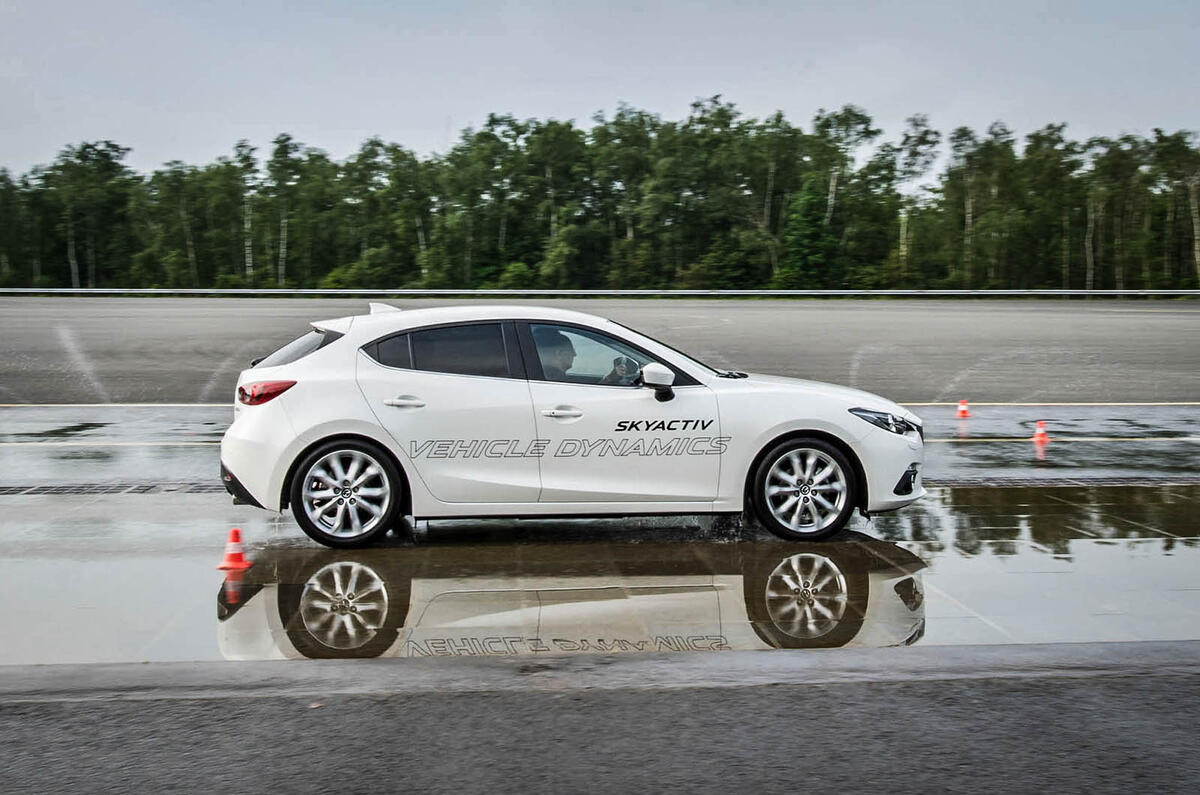
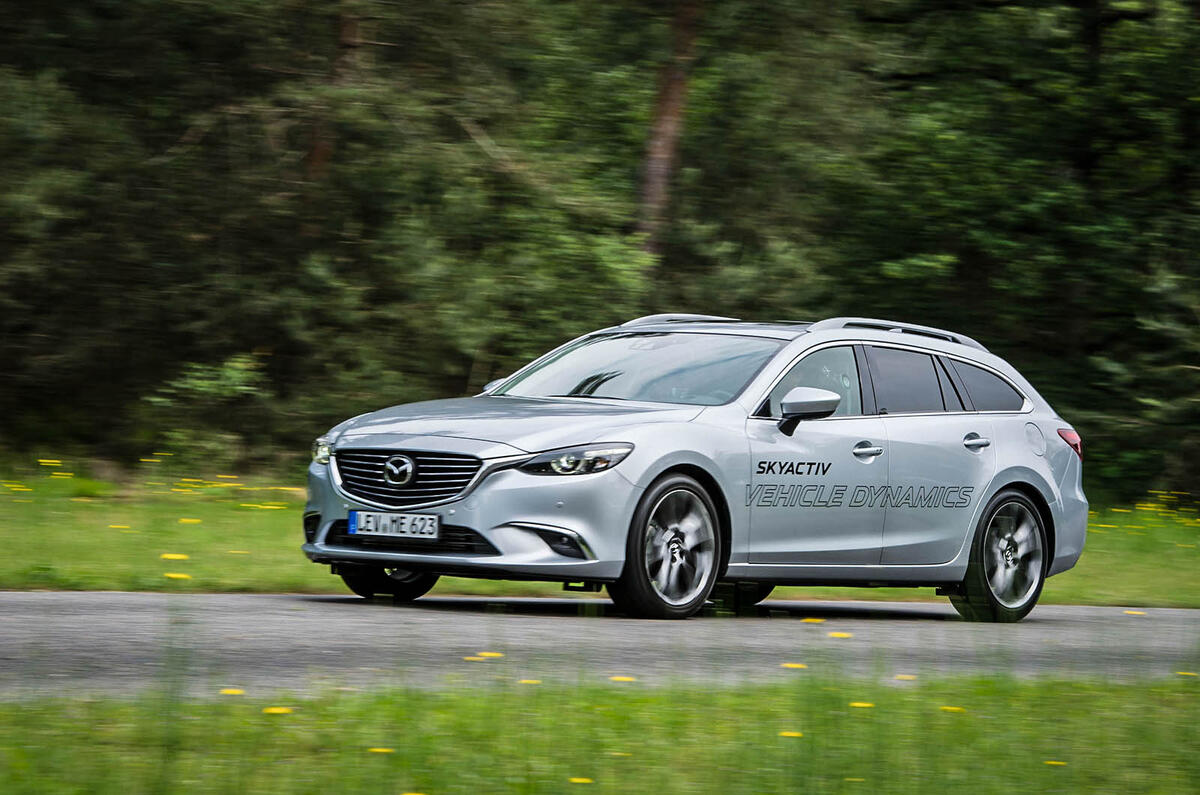
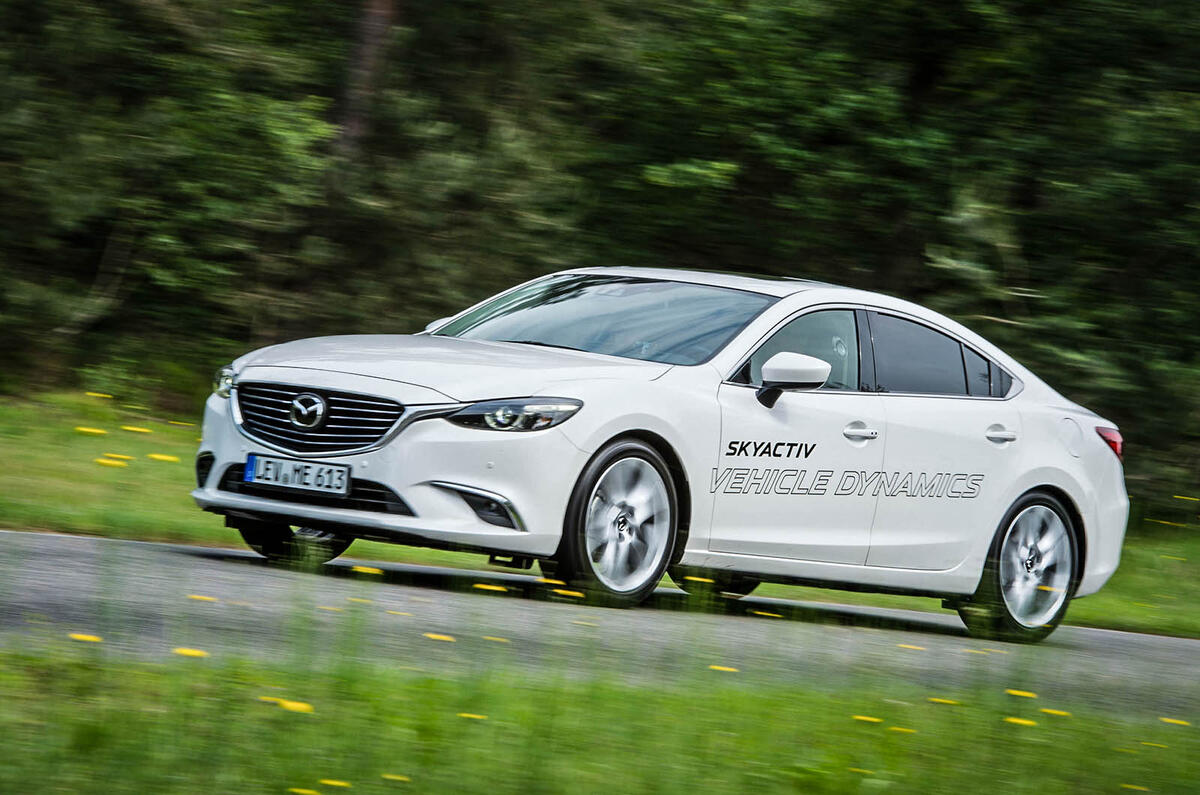




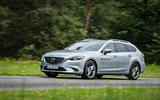
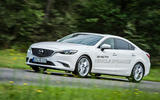



Join the debate
Add your comment
Comfort and quiet!
Looks like rather than making it worse
Good that Mazda is addressing